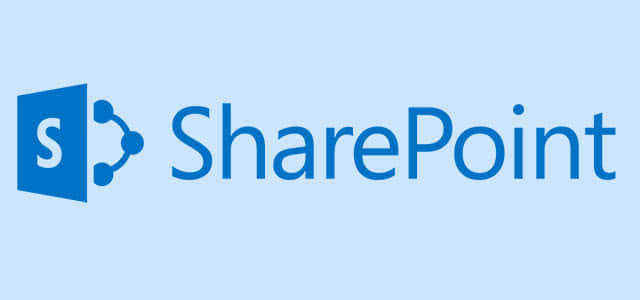Document Management
SharePoint Reviewed: Why Microsoft Can't Solve Your CMS Needs

Microsoft’s Office 365 suite of practical applications for the business executive, tech startup or marketing sales rep includes one black sheep that may not live up to its brothers and sisters. SharePoint is exactly what it sounds like: web-based business software that enables teams to congregate documents, exchange files and build web pages. The solution combines elements of social networking, content management and document management. But does it really do any of them well? According to SharePoint reviews, users aren’t so sure.
Some elements of SharePoint work rather seamlessly—it does have one of the world’s largest software developers behind it, after all. Although the software is generic in interface and style, its simplicity means that users can rely on the familiar layout and color scheme of other Microsoft products. Overall, most major user needs are addressed.
The Main Drawbacks of SharePoint
Apart from its simple, familiar design and standard functionality, SharePoint’s feature set is not the most expansive. One could assume that Microsoft designed the program this way, as it is meant to be used in conjunction with its suitemates. Yet in reality, most businesses use SharePoint as little more than a document repository, choosing to forgo its website-building features in favor of services like WordPress.
But since many companies still pay for SharePoint as a standalone product, they expect independent features—and that’s where you may find the service less than satisfactory. Before committing to SharePoint, you should be aware of four key system downfalls:
1. SharePoint only connects well with Microsoft products
While SharePoint works optimally with other Microsoft products, it has trouble connecting with anything else. If you want to use OpenOffice or Google Sheets, you’ll have a hard time getting SharePoint to cooperate. PDFs do seem to work well with SharePoint, but one of the most ubiquitous file formats shouldn’t be a challenge for any software. Instead, companies often encounter problems when it comes to industry-specific document formats that are integral to operations.
Not inherently built for customization, companies using SharePoint will sometimes call in third-party experts to help them ease into the software. Yet even with assistance, companies will find that SharePoint is not built with industry standards compliance in mind, a factor that makes it difficult for users to ensure regulated facets of their business processes are met.
2. SharePoint relies too heavily on Internet Explorer
SharePoint is an internet-based application, so you’d think Microsoft would find a way to align with the one of the best browsers the web has to offer. Again, they drop the ball on this, working Internet Explorer into the system to a practically inalienable degree.
Although not quite the butt of all jokes that it once was, IE’s long history of notorious mediocrity is negated only by a recent overhaul of its speed and processing capabilities. Nevertheless, every business operates within the browser that works best for their line of work, and no one likes being cornered into relying on one particular web browser.
3. Users don’t benefit from the ability to build web pages
Once you get SharePoint up and running and you’ve introduced some files into the server, you can then begin building a series of web pages. These can be front-facing for consumer audiences, or internal for use by employees.
While some will love having the ability to build web pages from the document management system, there are a few downsides to this capability. For one, your company files are significantly less secure. A server that holds your data should be a closed channel between your business and your files. Combined with the inability to open documents in non-Internet Explorer browsers, customers who interact with a business through SharePoint may run into frustrating compatibility and security issues.
4. SharePoint users could face data loss
Keeping your information safe from hackers is frustrating enough, but users should not have to worry that the product they’re investing in might lose their documents outright. Some users report significant data loss while merely importing files into SharePoint’s system, which could occur in part due to the format compatibility limitations.
The fact is that SharePoint just isn’t built for document management. Without version control, the chances of data loss due to accidental deletion increase dramatically. On the same coin, older files may clog the system and the servers, a problem SharePoint suffered from in the past. With such a massive pile of data to sift through (and without an extensive search function), finding a single document could take hours.
The Bottom Line
While there are undeniably people who love SharePoint, you shouldn’t choose a document management system without first shopping around to ensure you select the best product to meet your unique business needs. With new tech companies springing from the woodwork every day, and old ones maintaining a steadfast fidelity to improvement, no one needs to settle for less. It may be time to toss that clunky old platform and move on to a newer, better system.
Looking to trade out Microsoft SharePoint for a more versatile software product? Find the best CMS or document management solution for your business by downloading one of our five free Top 10 Content Management Software reports. In each report, you will find side-by-side comparisons of the industry’s top solutions.




